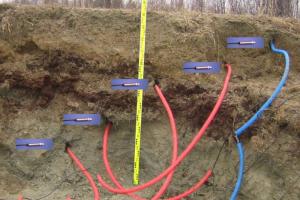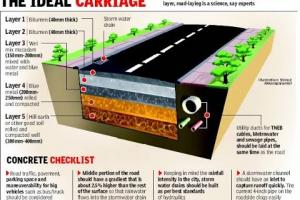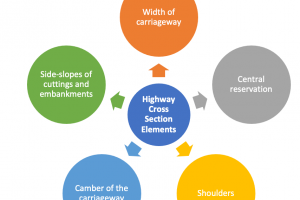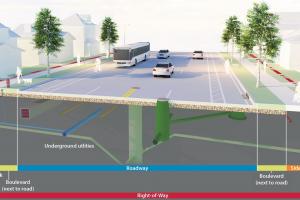Important Definitions in Airport Engineering
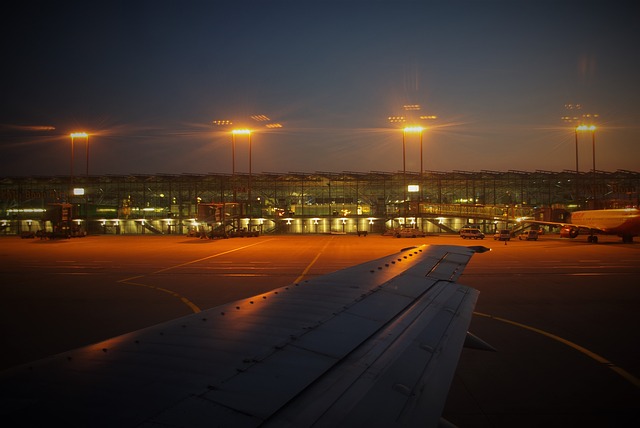
Airport Engineering
It involves the design and construction of facilities for the landing, take off, movement of aircraft on the ground, parking of aeroplanes on loading aprons, maintenance and repairs of areas, access roads from the city side to airport, and handling of passengers, baggage and freight.
Aviation means flying with the aid of a machine, heaver than air. Commercialized aviation is called civil aviation and is controlled by civil aviation authority.
Aircraft
General term which include glider, aeroplane, helicopter, rocket etc. It may be lighter or heaver than air. It may or may not be power driven. Aeroplane is a power driven and heavier than air flying machine.
Aircraft which travels with a speed less than the speed of sound (about 1130km/hr) is called subsonic, while the aircraft travels at speed greater than the speed of sound is called supersonic.
Airport
It is an aerodrome (area used for arrival or departure of an aircraft) which is principally intended for the use of commercial services. It is provided with customs facility, including other normal facilities if it serves international traffic.
Airfield
It is an area which is used for landing and take off of aircraft. It may or may not be provided with facilities for convenience of passengers and for shelters, repair and servicing of aircraft.
Landing area
An airport consists of landing area and terminal area. Landing area is used for landing and take off of the aircraft. Runways and taxi ways of the aircraft are located in the landing area.
Terminal area
It provides space for airline operations, office for airport management and provide facilities like rest room, restaurant etc for passengers.
Apron
This is the paved area in front of terminal building (between landing area and terminal building) for parking of the aircraft, so that the loading unloading of the passengers, baggage can be done




